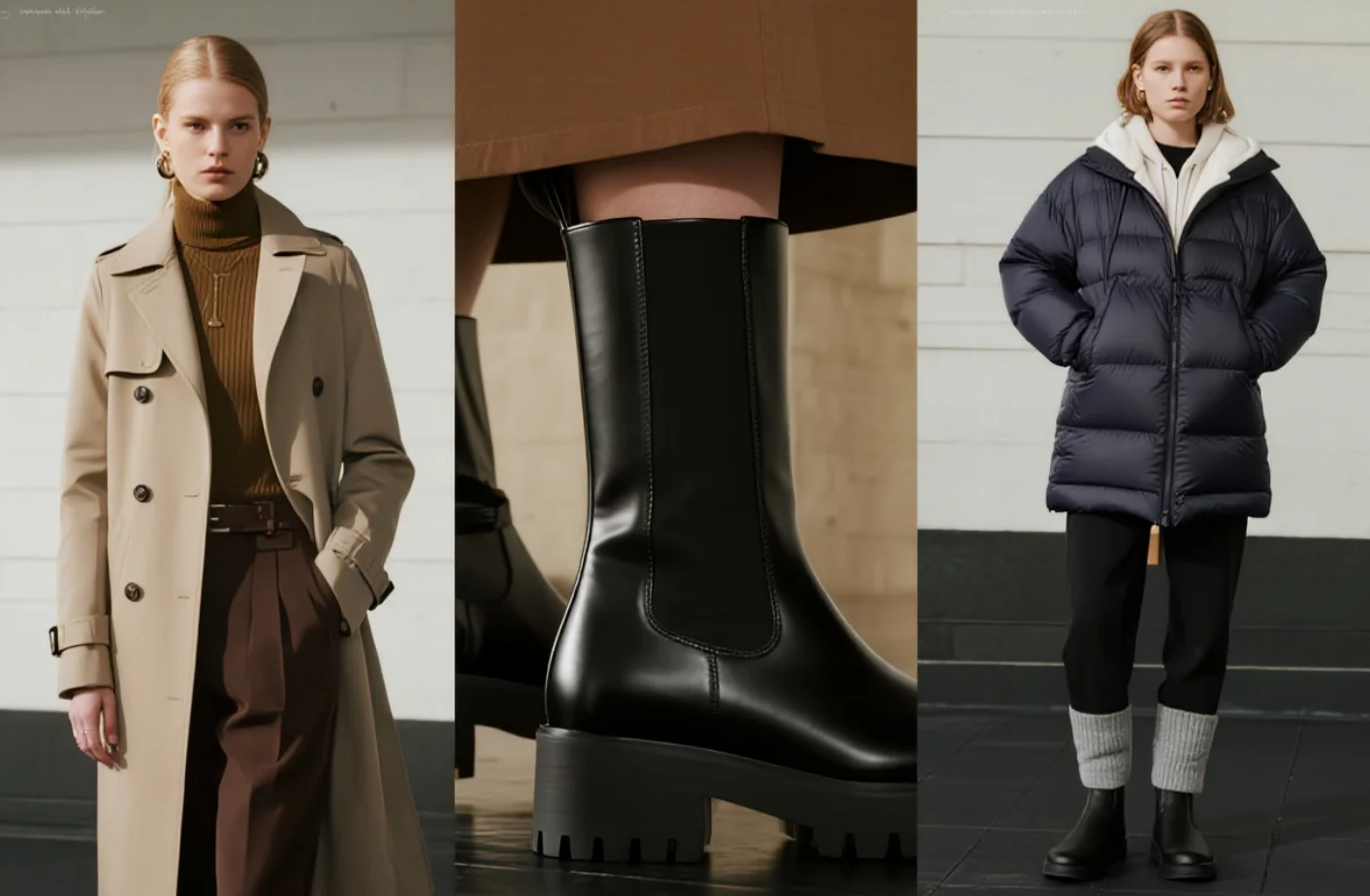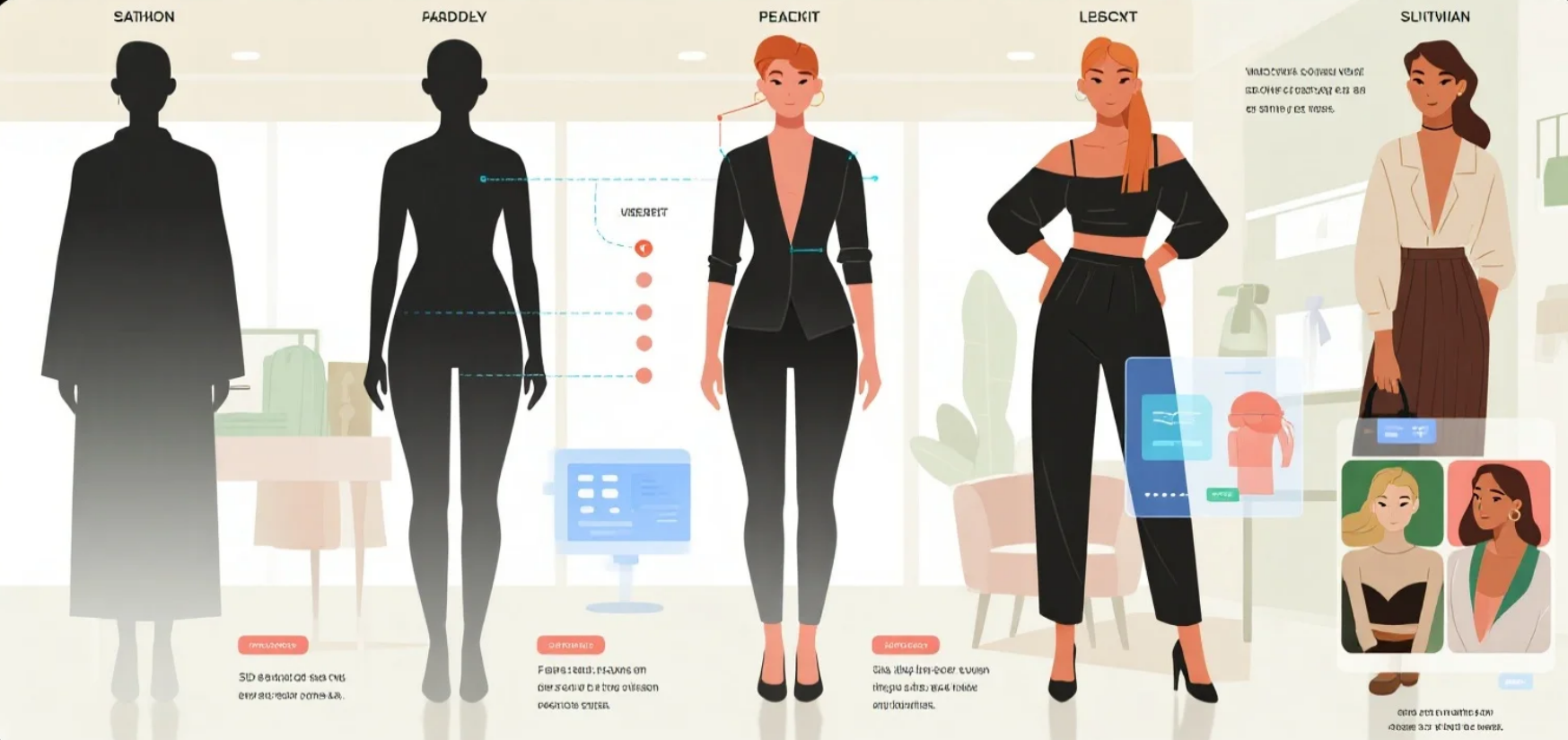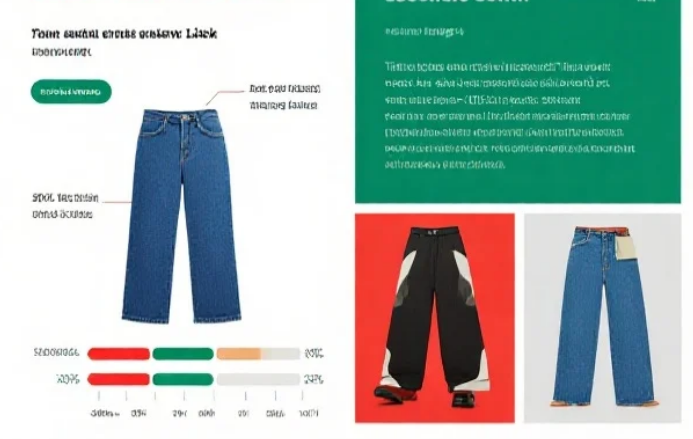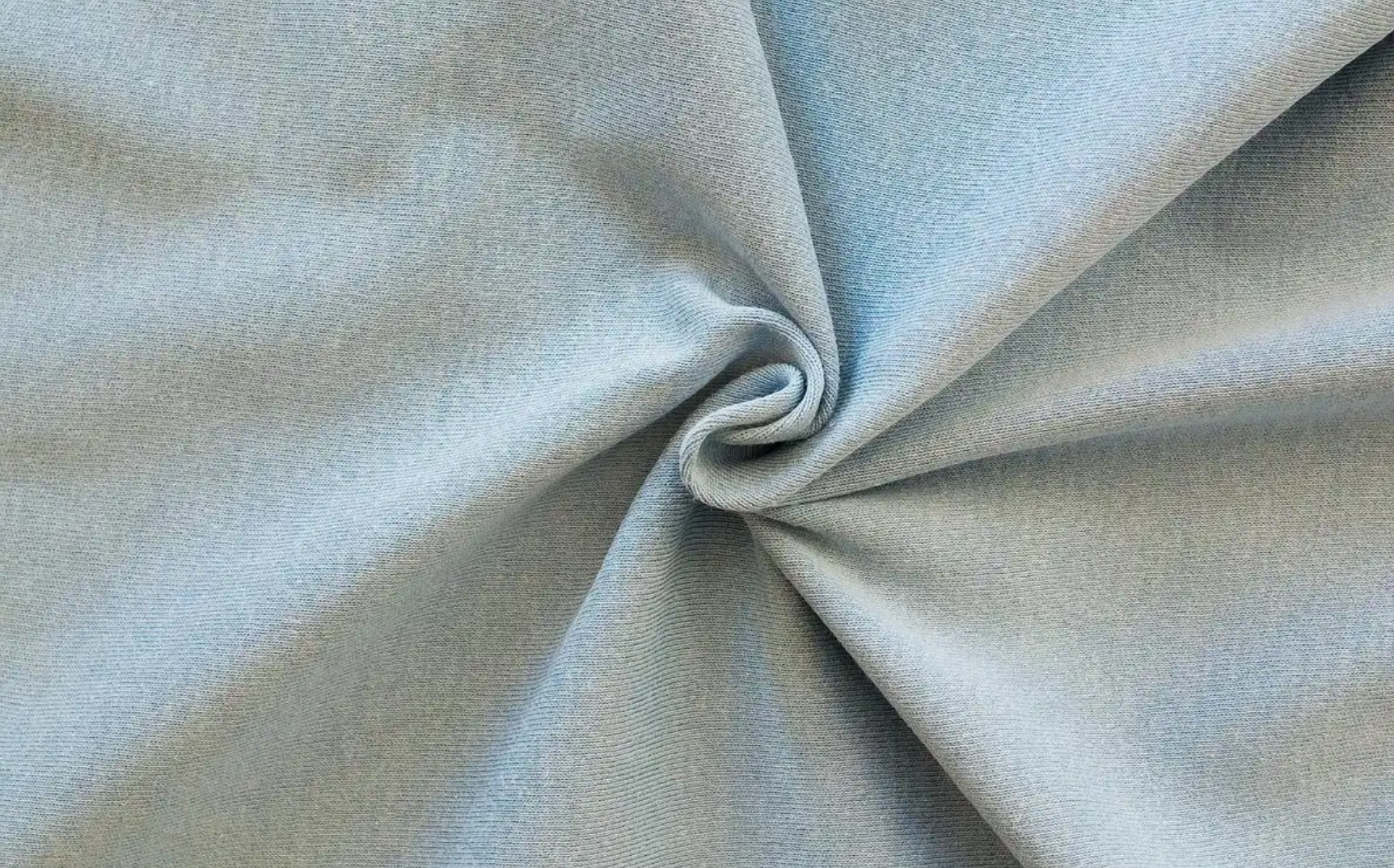Material Knowledge: What's in Your Clothes?
The clothes we wear every day may seem simple, but they hold a hidden secret. From soft, breathable cotton T-shirts to windproof, waterproof jackets, each fabric represents a perfect marriage of materials science and human needs. However, when faced with technical terms like "polyester," "lyocell," and "modal" on labels, most people are often confused. This article will delve into the core of clothing materials, uncovering the secrets behind these fibers and helping you avoid confusion on your next shopping trip.
Natural Fibers: Nature's Gifts and Limitations
Cotton, wool, silk, and linen—these natural fibers have been with humans for thousands of years and remain the epitome of high-quality clothing. While cotton's excellent moisture-wicking and breathability make it a top choice for underwear and summer clothing, its tendency to wrinkle and shrink can also be a source of concern. The production of a single cotton T-shirt can consume 2,700 liters of water, equivalent to a person's three-year water intake. This has led environmentalists to favor organic cotton. Wool's warmth is irreplaceable, especially merino wool, which is fine, soft, and regulates body temperature. However, it's expensive and requires meticulous care. Silk, with its luster and feel, is considered the "Queen of Fibers," but its fragility can be a major drawback—sweat, perfume, and even sunlight can permanently damage it. Linen is a summer favorite, dissipating heat quickly and being antibacterial, but its rough texture and wrinkle-prone nature prevent it from becoming mainstream everyday wear. While these natural fibers are comfortable and environmentally friendly, their shortcomings are also exposed in the fast-paced modern world.
Synthetic Fibers: Technology and Controversy
If natural fibers are a gift from nature, then synthetic fibers are the fruit of human ingenuity. Polyester, currently the most widely used synthetic fiber, is wrinkle-resistant, quick-drying, and durable, making it virtually synonymous with sportswear and outdoor gear. However, it lacks breathability, easily generates static electricity, and releases microplastics during washing, posing a threat to marine ecosystems. Nylon's strength and abrasion resistance make it an ideal material for backpacks and swimsuits, but its production relies on petroleum and is difficult to degrade. Spandex (Lycra) provides clothing with remarkable elasticity, allowing yoga pants and skinny jeans to fit snugly. However, it degrades easily when worn alone and is often blended with other fibers. These synthetic fibers greatly enhance the functionality of clothing, but they also pose significant environmental challenges: millions of tons of microplastics enter the ocean each year through laundry wastewater, a significant portion of which comes from synthetic clothing.
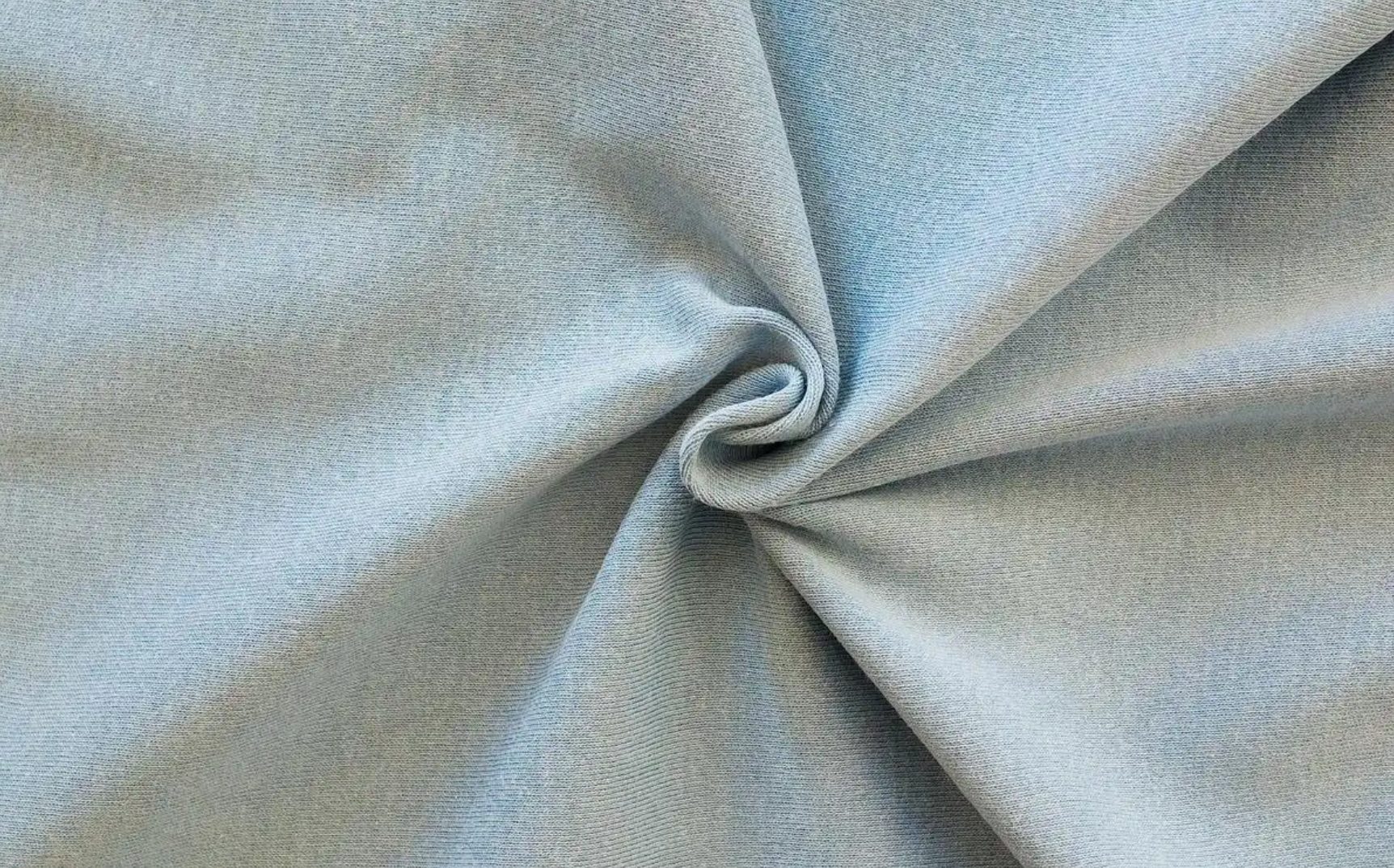
Blended and Regenerated Fibers: Balancing Performance and Sustainability
To achieve a balance between comfort and functionality, blended technologies have emerged. Polyester-cotton blends retain the moisture-wicking properties of cotton with the wrinkle-resistance of polyester, making them a popular choice for shirts and workwear. Wool-acrylic blends reduce costs while maintaining warmth. Regenerated cellulosic fibers, such as Modal and Lyocell (Tencel), represent a more environmentally friendly approach. Made from wood pulp, these materials are produced in a cleaner process than traditional viscose, combining the comfort of cotton with the smoothness of silk. They are widely used in high-end lingerie and bedding. In recent years, recycled polyester (rPET) has also become increasingly popular. Made from recycled plastic bottles, it reduces dependence on oil. However, these innovative materials are not perfect: Lyocell has low wet strength and is easily damaged; while recycled polyester is environmentally friendly, it still cannot completely solve the microplastic problem.
Future Trends: Intelligence and Sustainability Go Hand in Hand
The future of the textile industry is moving in two directions: intelligence and sustainability. Smart textiles are no longer just concepts. For example, sportswear with built-in sensors can monitor heart rate, thermo-sensitive materials can adjust body temperature to the environment, and even self-healing coatings can "self-repair" minor scratches. Sustainable innovation is also accelerating. Bio-based materials such as mycelium leather, algae dyes, and spider silk protein fibers are moving from the laboratory to the market. Chemical recycling technology makes it possible to give old clothes a new lease on life, while blockchain traceability ensures the authenticity of every eco-friendly garment. Clothes of the future may not only be wearable but also "think" and return completely to nature after disposal.

How to make wise choices?
Faceted with a dazzling array of materials, how should consumers choose? First, learn to read the care label—the composition of ingredients determines the key properties of clothing. Second, choose clothing based on the occasion: opt for quick-drying fabrics for exercise, wear wrinkle-resistant blended shirts at work, and prioritize wool for warmth in winter. Environmentalists can look for certification labels like GOTS (Global Organic Textile Standard) or Oeko-Tex® 100 (Oeko-Tex® 100). Most importantly, reduce mindless consumption and extend the life of clothing—this is the greatest kindness to the planet.
Understanding clothing materials isn't just about comfort; it's about making responsible choices. From the rich history of natural fibers to the technological breakthroughs of synthetic fibers, to the future fusion of smart and environmentally friendly fabrics, every piece of clothing tells a story about how humans are wisely coexisting with nature.
